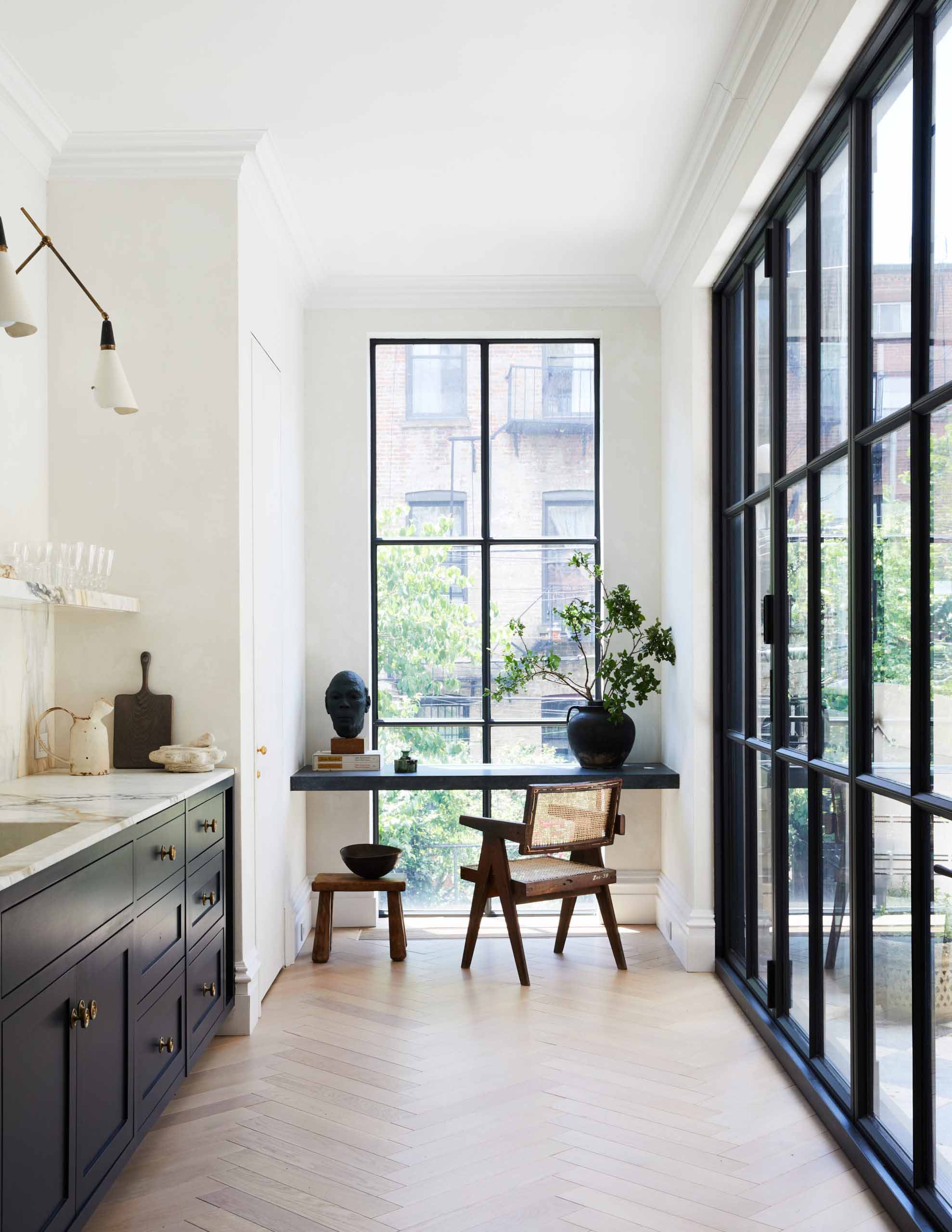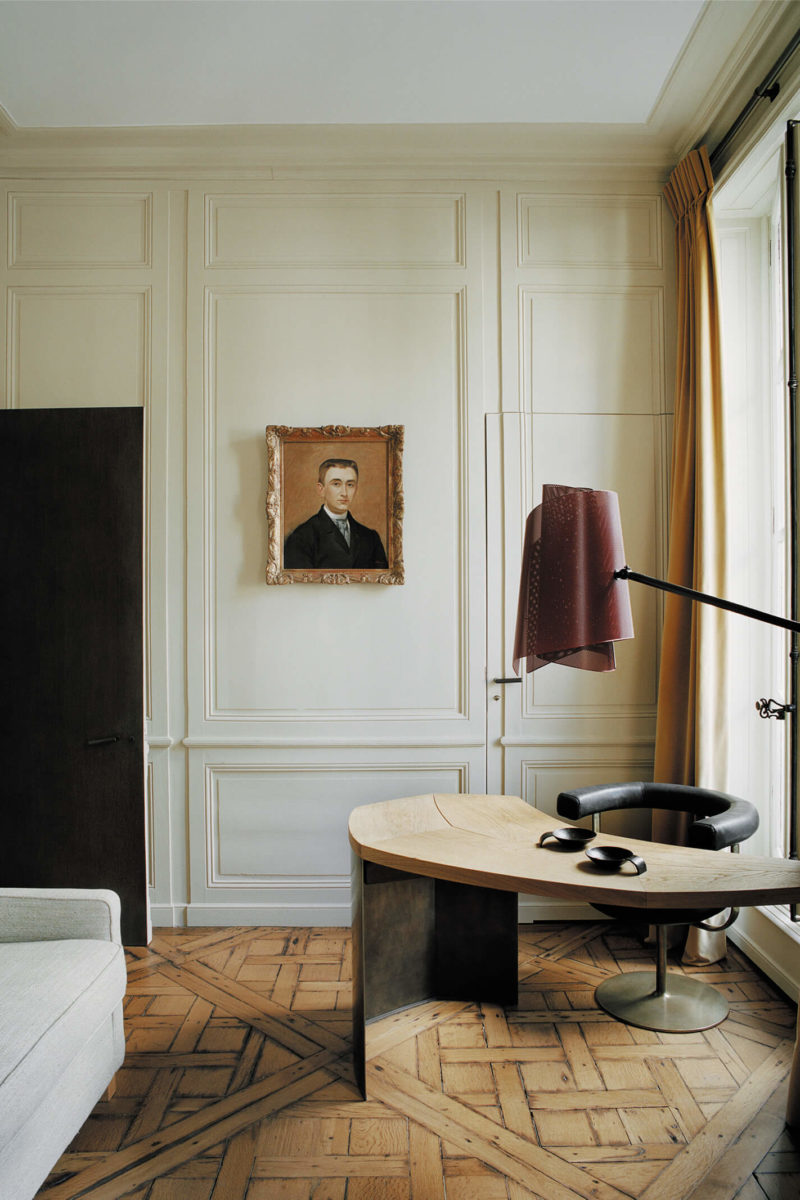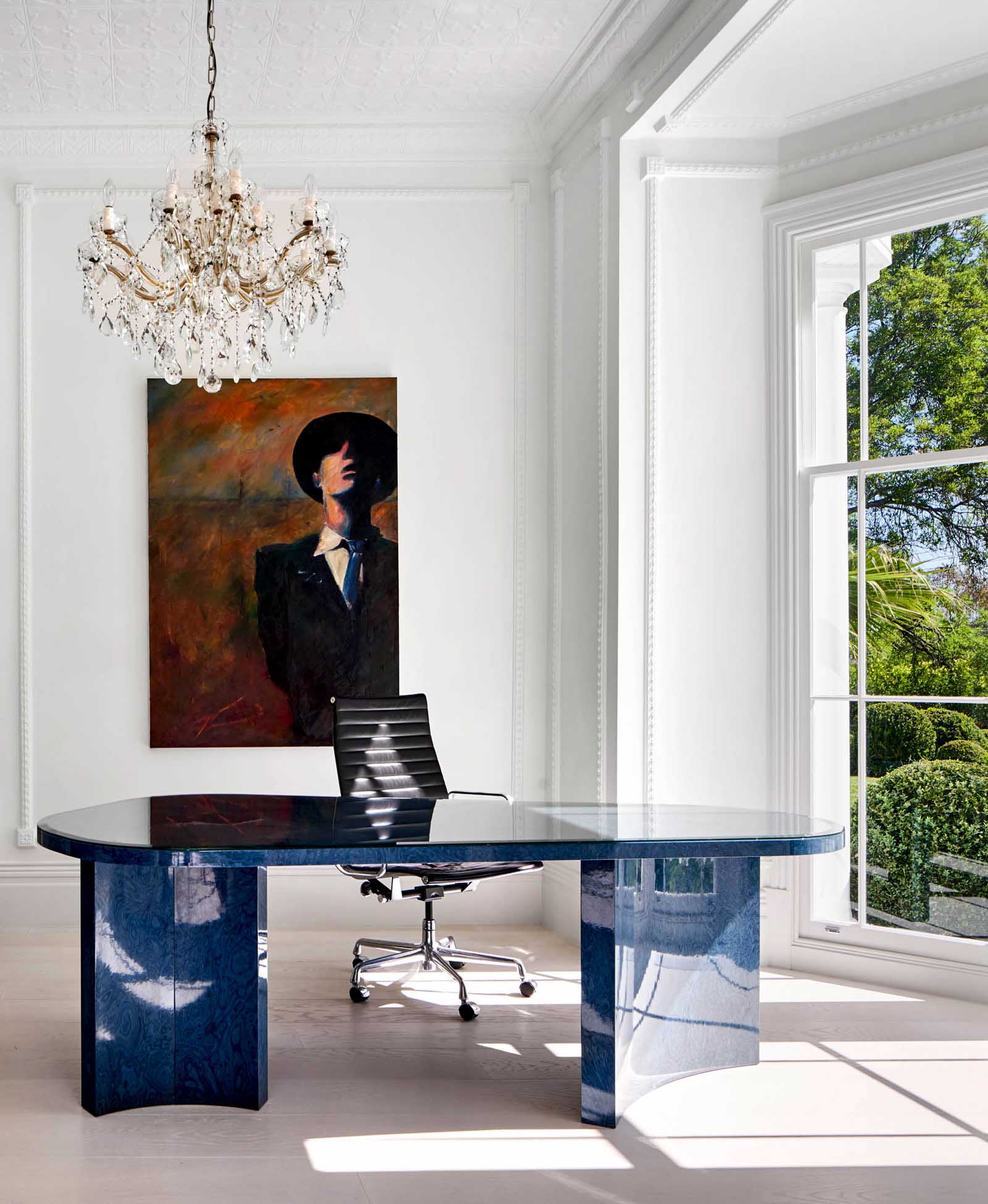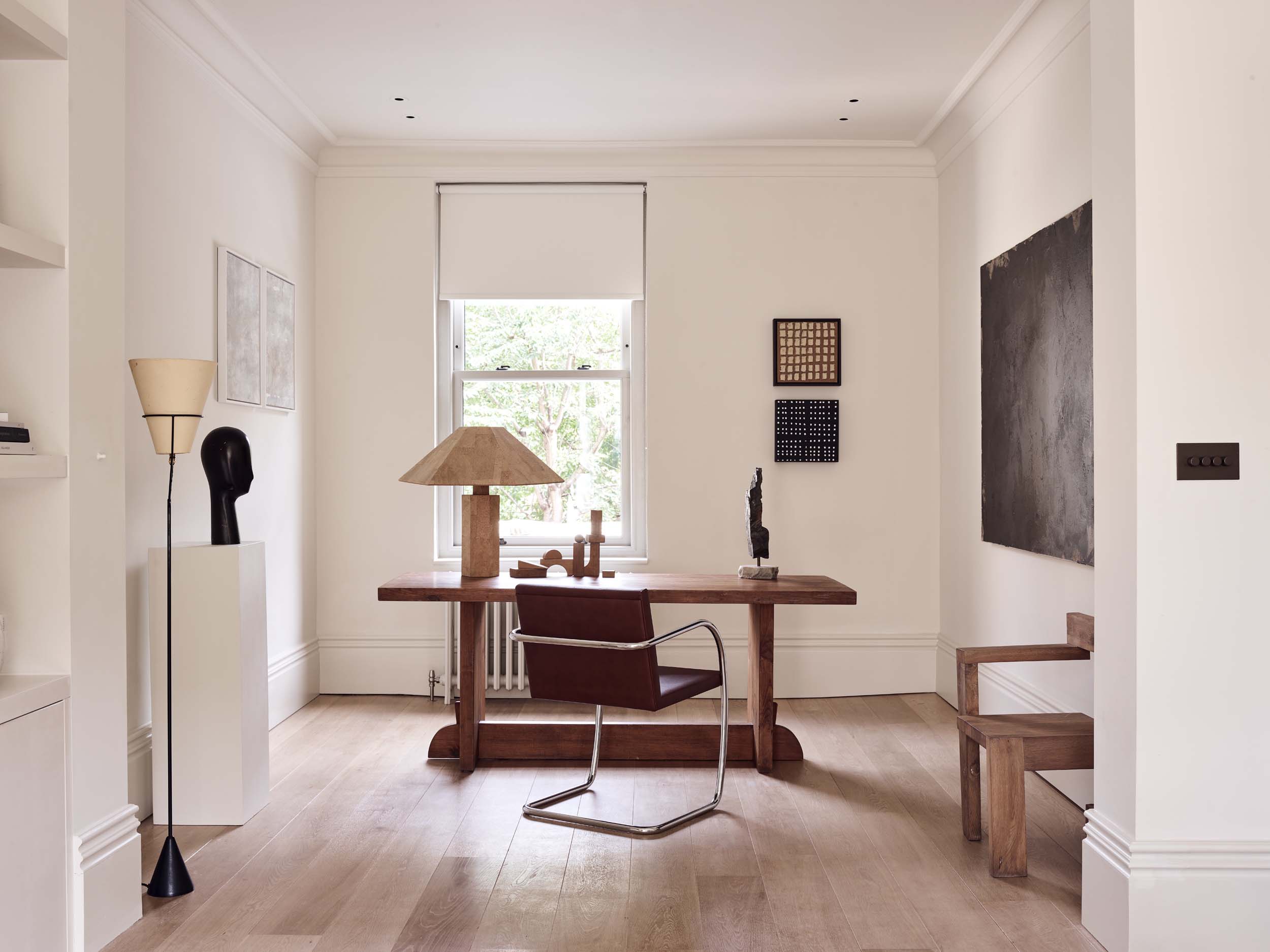Working as an interior designer is no easy task, and it requires a multi-disciplinary mind to do it all. Think about it. You’re a psychologist, truly understanding your clients and digging into their minds and imaginations. You’re also a project manager, juggling hundreds of email chains, due dates and projects. And of course, you’re a designer who can conceptualise spaces and bring them to life.
If that all wasn’t enough, in a capitalist system, every moment counts. All billable (and unbillable) hours rack up to create your livelihood, and interior design productivity becomes a necessity more than a choice. Your workspace becomes the hub for all your mental clutter, and it almost seems impossible to go on. That’s where we come in.
Technology has allowed designers to spend more time doing what they love; design. So in this article, we’ll be going through the tools and ways interior designers can use to increase their interior design productivity and dedicate more time to the creative core of their work. In short, we will explore how product and project management, ChatGPT, and augmented reality (AR) can enhance the productivity of interior designers – with some other top tips too!
How can interior designers work more productively?
Interior designers can work more efficiently by investing in management softwares, AI, and augmented reality. Also, they should create a healthy work environment and make time to learn and develop their skills. With those elements, your interior design productivity can improve exponentially.
Step 1: Step up your product and project management
Efficient product and project management play a vital role in enhancing productivity. By leveraging project management software and tools, you can streamline your workflow, organise tasks, set deadlines, and collaborate effectively with your team members and clients.
On the project management side of things, platforms like Trello, Asana, and Monday.com offer intuitive interfaces, customizable workflows, and integration capabilities with other applications, enabling seamless coordination and efficient task management. Through these apps, you’ll be able to keep track of the tasks you need to complete, how long they took, and who is responsible for which parts of the task. Not only is this necessary for the functioning of a studio, but it is also primordial for billing afterwards! Sticking to your favourite project management app will make your life easier – and your interior design productivity will shoot through the roof!
As you know, interior designers deal with thousands of products and dozens of suppliers… In one project alone. To handle the amount of back and forth with suppliers, the status of each product, and collaborate with team members, clients and contractors, you need something more specific than project management tools.
Source, specify and schedule effortlessly with Portaire
Portaire is a product management software that simplifies the sourcing, specifying, and scheduling tasks for interior designers. It offers a curated portal where designers can discover trusted luxury suppliers in the UK and Europe, engage in direct conversations with their representatives, and seamlessly integrate their products into shareable, live schedules within minutes. You can join now, for free.
Step 2: Use ChatGPT for language-based tasks as an interior designer
Artificial intelligence has made significant strides in transforming the way we work, and interior design is no exception. ChatGPT, powered by language models, can assist interior designers in various aspects of their work. Of course, the technology is great, but not yet perfect. With any outcome, make sure to check over it and add your spark of magic and experience.
We have a whole article on how interior designers can use ChatGPT, but we’re all about productivity here, so let’s go through some of the interior design-related prompts you can use with ChatGPT and other AI-powered chatbots.
Ask for client-specific advice
Example: I’d like you to pretend you’re an interior designer. A client is a 30 year-old single mother, who is trying to redesign her house to accommodate her toddlers. With a budget of 10,000 GBP, what would you recommend?
Write blog posts
Example: Please write an article called “The rise of egg shell white in minimalist design” in Vogue’s tone of voice.
Create a marketing plan
Example: I have just finished an interior design project. What type of social media posts could I make with photos and videos from the space?
Write a cover letter for a new job
Example: Could you write a cover letter template for this job description: (Insert job description here).
Write amazing emails
Example: I am sorry to inform you that I am running behind schedule on your interior design project. I understand the importance of meeting deadlines and I take full responsibility for the delay. I am working diligently to complete the project as soon as possible. I appreciate your patience and understanding during this time. Thank you for your continued support.
Step 3: Integrate augmented reality into your initial concept stage and boost your interior design productivity
Augmented Reality (AR) has emerged as a game-changer in the field of interior design. AR applications enable designers to visualise and present their ideas in real-time, bridging the gap between imagination and reality.
With AR, you can easily superimpose virtual furniture, fixtures, and decor onto real-world spaces, allowing your clients to experience the design before it is implemented. This technology can streamline the decision-making process, reduce design iterations, and foster better client communication, ultimately leading to increased productivity and customer satisfaction.
Many AR apps, such as Houzz, IKEA Place, and Homestyler, provide extensive catalogues of furniture and accessories that can be virtually placed within a space. Some apps even allow customization, enabling designers to visualise unique designs tailored to their clients' preferences.
Not only will embracing AR make your clients more comfortable and secure in their choices, but it will also save you hours sketching and creating 3D renders for your clients. Sometimes, it’s all about cutting corners that were never that efficient in the first place!
Step 4: Never stop learning and collaborating
To stay ahead in the dynamic field of interior design, continuous learning and collaboration are incredibly essential. Online platforms, such as design blogs, industry websites, and social media groups, offer a wealth of knowledge, inspiration, and networking opportunities… Two of them being our journal and Instagram.
Also, Interior designers can join forums, participate in webinars, and engage with fellow designers and suppliers to exchange ideas, share best practices, and gain insights into the latest trends and technologies. By staying updated, you can enhance your skills, explore new design concepts, and offer innovative solutions to your clients, ultimately boosting productivity and client satisfaction!
Step 5: Don't underestimate the power of a good workspace (and colour palette)
Your office space should feel completely sacred to you. Wherever your office environment is, we highly recommend making it a place you enjoy spending time in, in order to boost productivity. You can do that by sourcing ergonomic furniture that helps you maintain a good posture, prioritising natural lighting wherever possible. If you're selecting a colour for your home office (assuming you do remote work or hybrid work), we suggest focusing on calmness and mental health fostering palettes over stimulation; soft hues of green, blue and beige are wonderful choices, for example.
Here, you can check out some of our favourites.








Thank you for reading. To keep in touch with us and our professional content, make sure to subscribe to our newsletter here.



.webp)